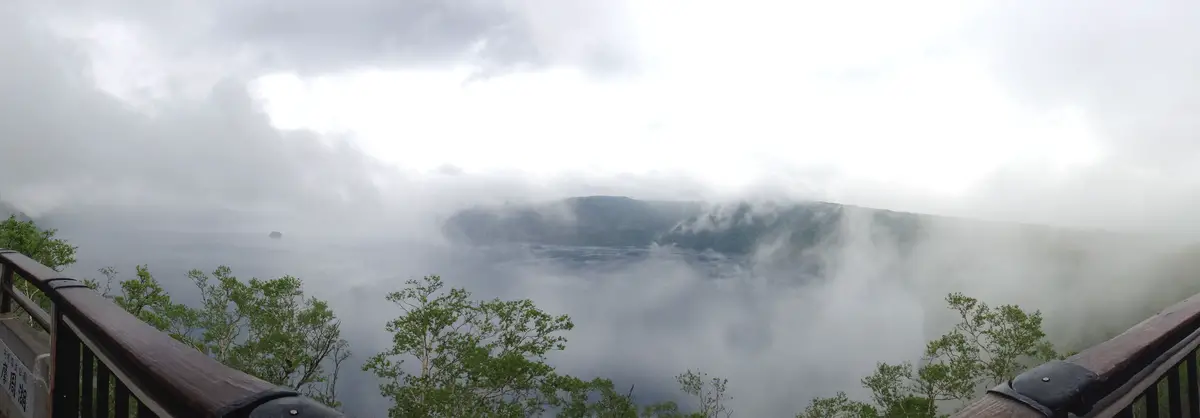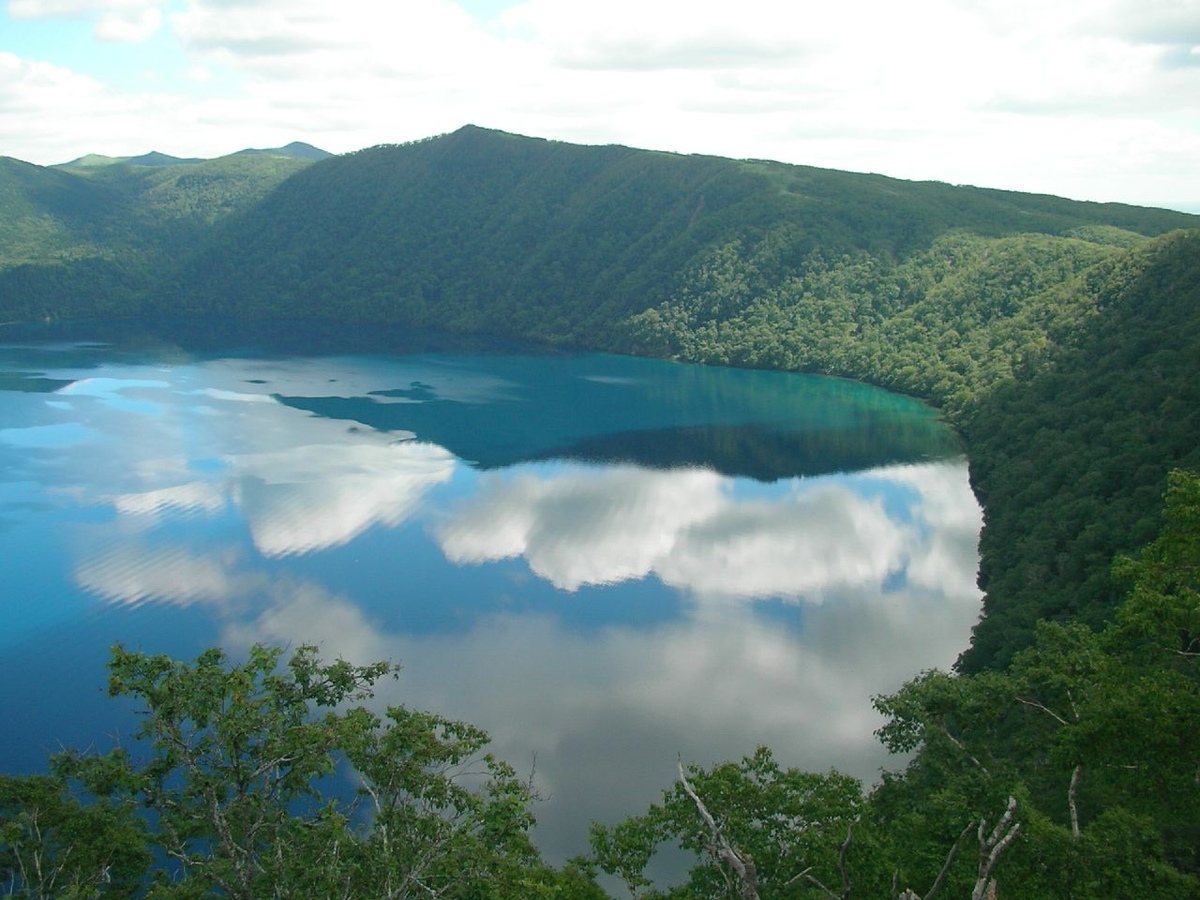World 🢖 Asia 🢖 Japan 🢖 Hokkaido
Lakes and streams 🢔 Geological wonders 🢔 Categories of wonders
Wonder
Lake Mashu (Lake Mashū)
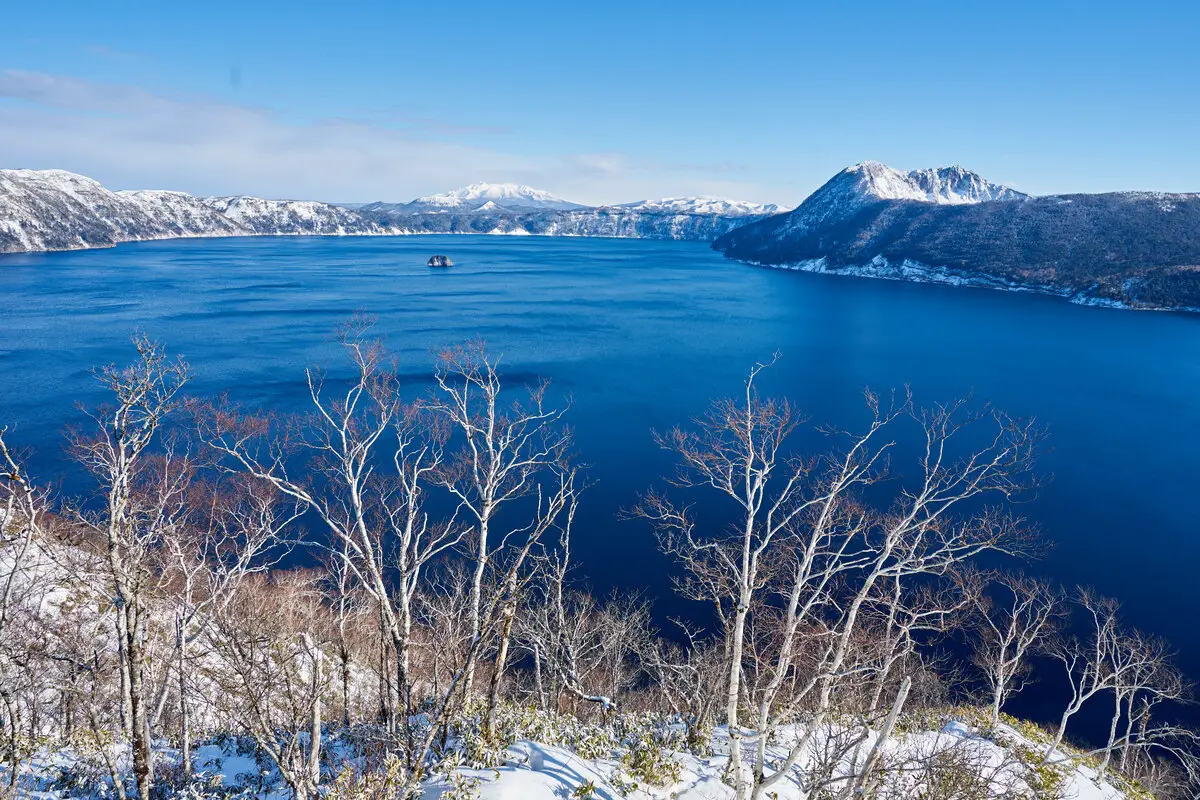
 In short
In short
The gorgeous Lake Mashu is one of the cleanest lakes in the world. This legendary lake in the caldera of a volcano is located in a pristine area without any settlements or houses near it.
 45.3%
45.3%
GPS coordinates
Name in local languages
Area
Depth
Map of the site
If you see this after your page is loaded completely, leafletJS files are missing.
 In detail
In detail
In the north-eastern part of Hokkaidō Island is located one of the cleanest lakes in the world – Lake Mashu (Lake Mashū).
The lake and area around it are gorgeous – this fairly large lake is surrounded by around 300 – 400 m high, steep banks that are covered with forest and, in the winter – with snow. On the western coast, there is even a 300 m high, overhanging cliff.
Usually, we see winter images of this lake because during the summer for most of the time the lake is hidden in a fog.
This lake has no outlets and no inlets, except for short brooks on its slopes.
The surface area of the lake is around 19 km2 and it is very deep. The medium depth is 137.5 m and the maximum depth – 211.5 m.
Lake over a volcano
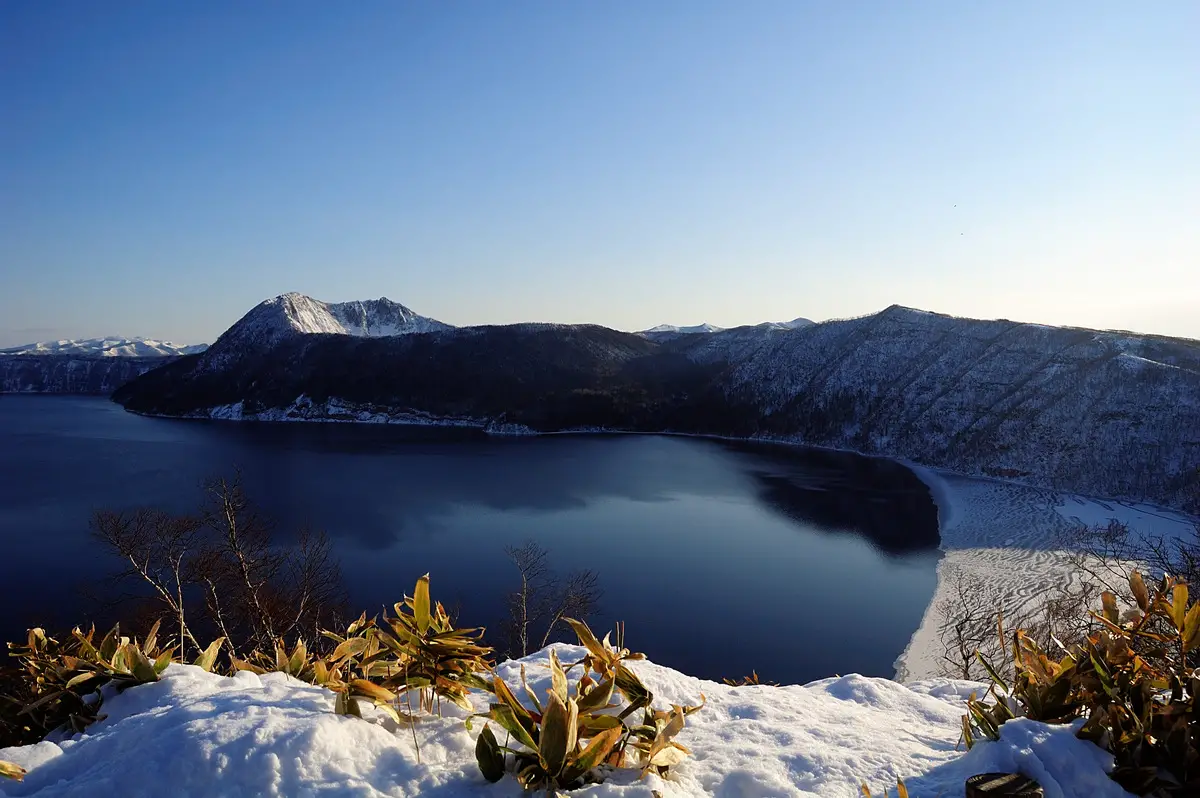
The lake has filled a 6-7 km wide caldera – a subsided hollow in the place of a former volcano peak. This caldera was formed by a collapse some 7 thousand years ago. Only a small, steep, forest-covered island – Kamuishu – stands in the central part of the lake. This 70 by 50 m large island is the summit of a lava dome.
Approximately 4 thousand years ago from the southeastern part of the lake rose a smaller volcanic cone – Kamuinupuri. Some 1000 years ago (around 1080 AD) this mountain exploded and formed a large, more than 1 km wide crater in it (2.). 1000 years for volcanoes is…like yesterday. Thus, volcanic activity there may continue in the future.
One of the cleanest lakes in the world
Lake Mashū is famous due to the incredible transparency of its water. Images usually don’t show the true colour of the lake water – the lake has a breathtaking deep blue, clear colour.
On August 1, 1931, was measured the record transparency for this lake – Secchi disk was visible at a depth of 41.6 m. This is one of the best results in the world, comparable to the incredible transparency of the Crater Lake in Oregon (up to 44 m!), Lake Baikal or Pingualuit Crater in Canada (well above 35 m). This kind of measurement, though, is fairly subjective and results may change, depending on the lighting, the person who makes the measurement and other factors.
Such extreme transparency is caused by several factors:
- Cold climate that prevents the reproduction of microorganisms and for a significant part of the year covers the lake with ice;
- Steep banks that do not allow to develop the aquatic vegetation along the coast;
- Almost no inlets that could bring the organic substances into the lake. This lake consists of (almost exclusively) rainwater and melted snow;
- A huge depth – the light does not reach the bottom of the lake and vegetation can not develop on it.
There are other factors as well. As a result, there is not much to consume in Lake Mashu for any living organism.
Today the transparency of the water of Lake Mashu is decreasing: in 2014 the Secchi disk was visible “only” to the depth of 22 m (which still is a great result). The two main reasons for this are: a) shorter winters – as the water becomes warmer, there is more microscopic life in it, there is less ice cover and more circulation in the lake; and b) introduced fish – kokanee salmon ((Oncorhynchus nerka)) and rainbow trout have consumed too much local water fleas. As a result, phytoplankton populations have increased – earlier water fleas controlled it. (1.)
The legendary lake of the Goddess
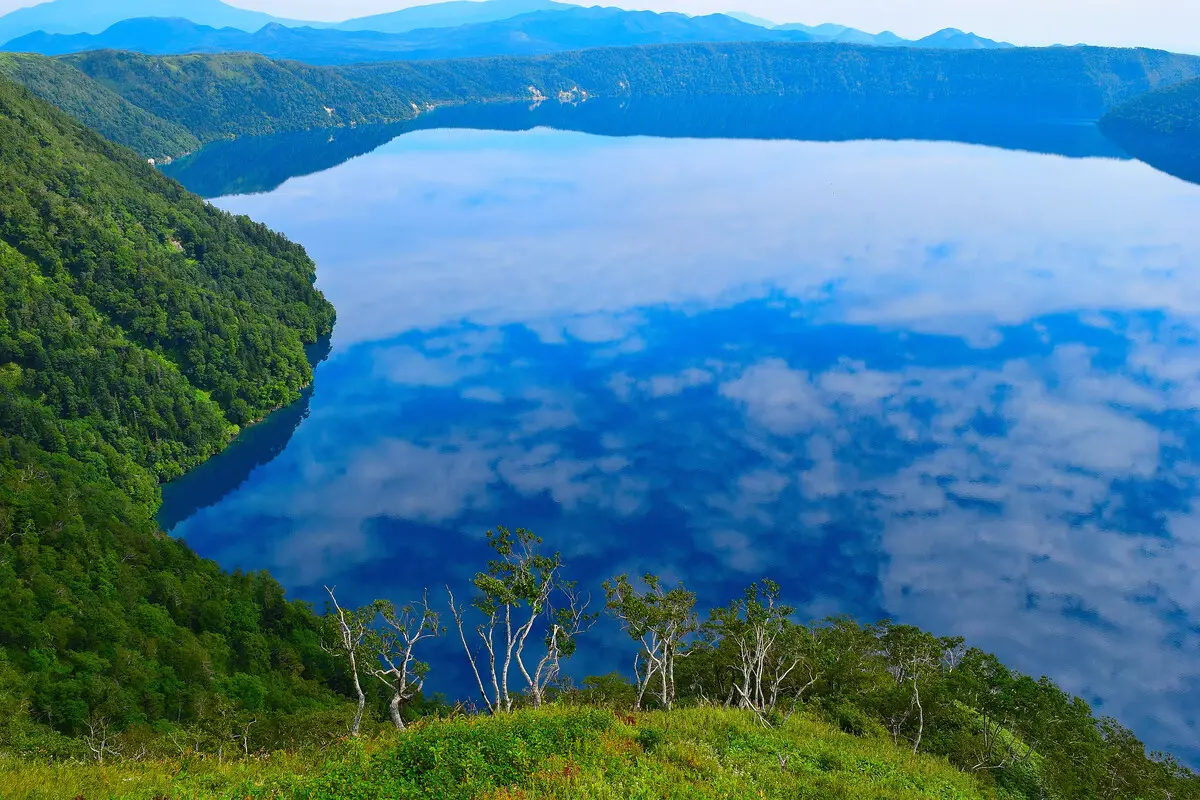
As the lake is frequently shrouded in fog, it has an air of mystery. And, yes, frequently there are openings in the fog and one can see the lake far below. This sight is unforgettable – a glimpse into a gorgeous landscape from a fairy tale.
In the earlier times local Ainu people called the lake – Lake of the Devil. At the same time, the Ainu believe that a gorgeous goddess lives in the lake and decides whether a visitor will see the lake through the fog. Seeing the lake is a bad omen. Women who see the lake will marry late in their lives but men will have no success in their careers.
Japanese are newcomers to this area – settlement of Japanese in this area started in the late 19th century. The Ainu name of the lake initially was used also by the Japanese who pronounced it as Mashin-ko. The nearby mountain peak is named Mount Mashū, and over time its name was transferred also to the lake.
Wilderness
There are tourist trails and two observation decks that allow you to see the gorgeous lake from the surrounding mountains – if the fog will let to see it. But visitors can not descend to the lake – this is too dangerous. There are no settlements or houses near the lake.
References
- Japan’s Lake Mashu Losing Its Famous Clarity by Daniel Kelly, Lake Scientist, October 14, 2014. Accessed on January 7, 2024.
- Mashu, Smithsonian Institution, Global Volcanism Program. Accessed on January 8, 2024.
 Linked articles
Linked articles
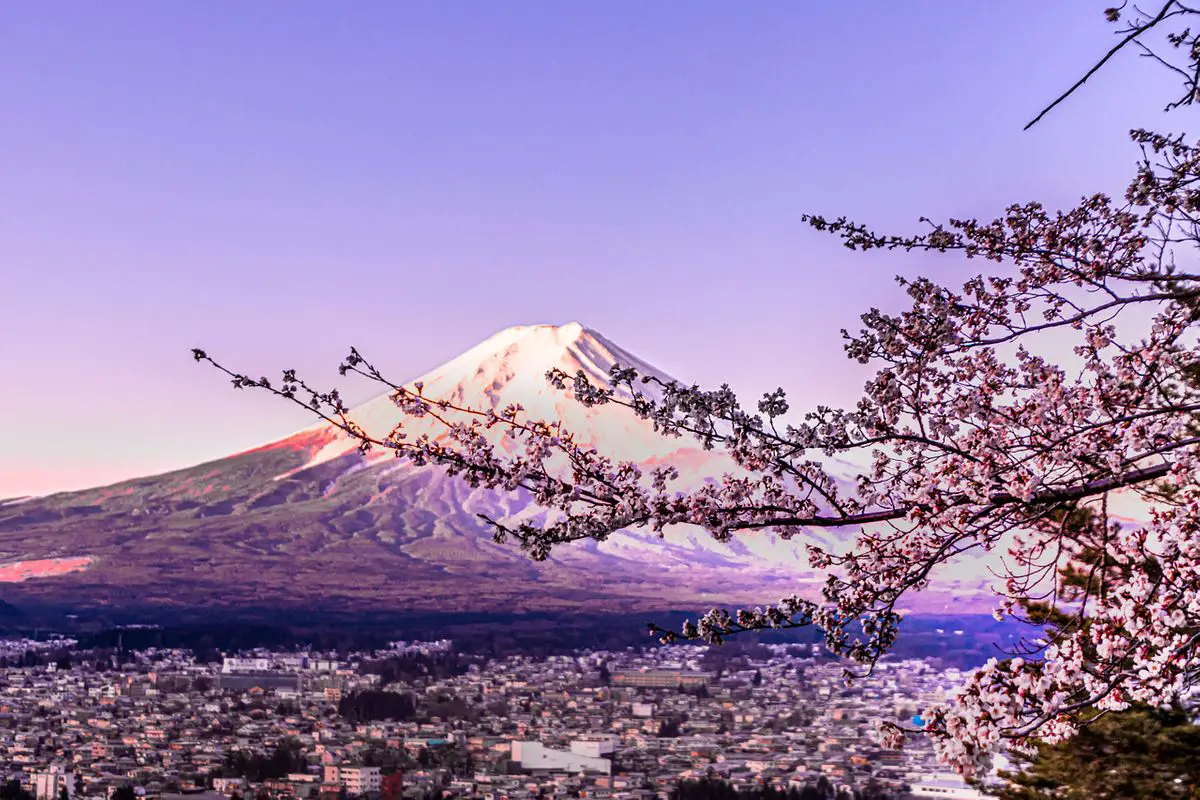
Wonders of Japan
There are few countries in the world with such a distinct and rich cultural heritage as Japan. One of the greatest achievements of Japanese culture is that the Japanese have reached certain harmony with nature and every notable natural landmark in the country is part of Japanese culture.
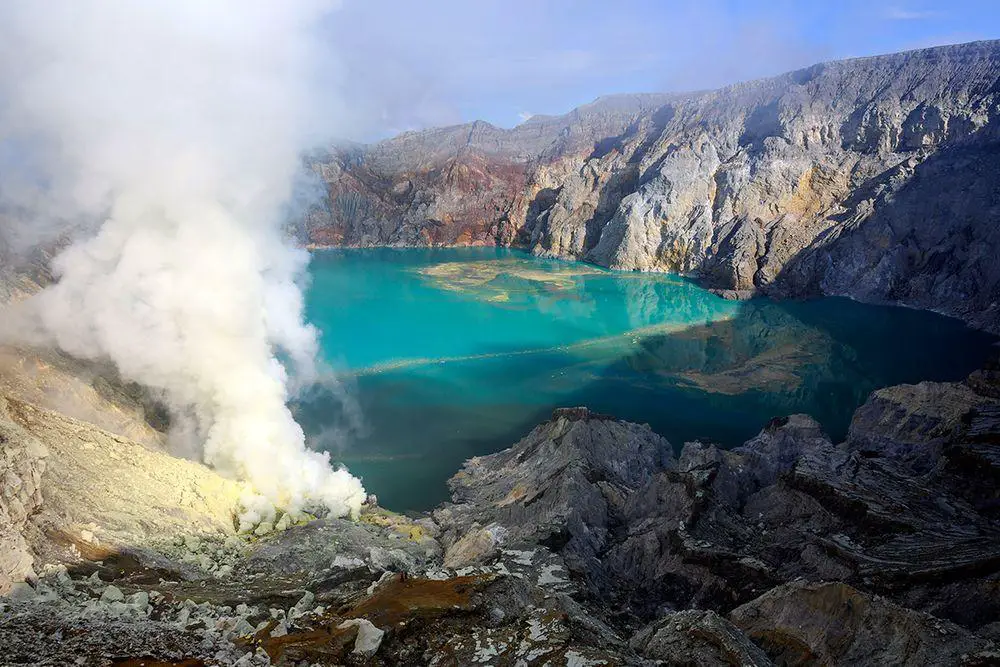
Lakes and streams
There are many factors that can make lakes, sea bays, or rivers unusual. Some lakes have unusual chemical properties and even do not contain water at all – such as lava lakes. Others may have unusual animals living in them or… legends about such animals.
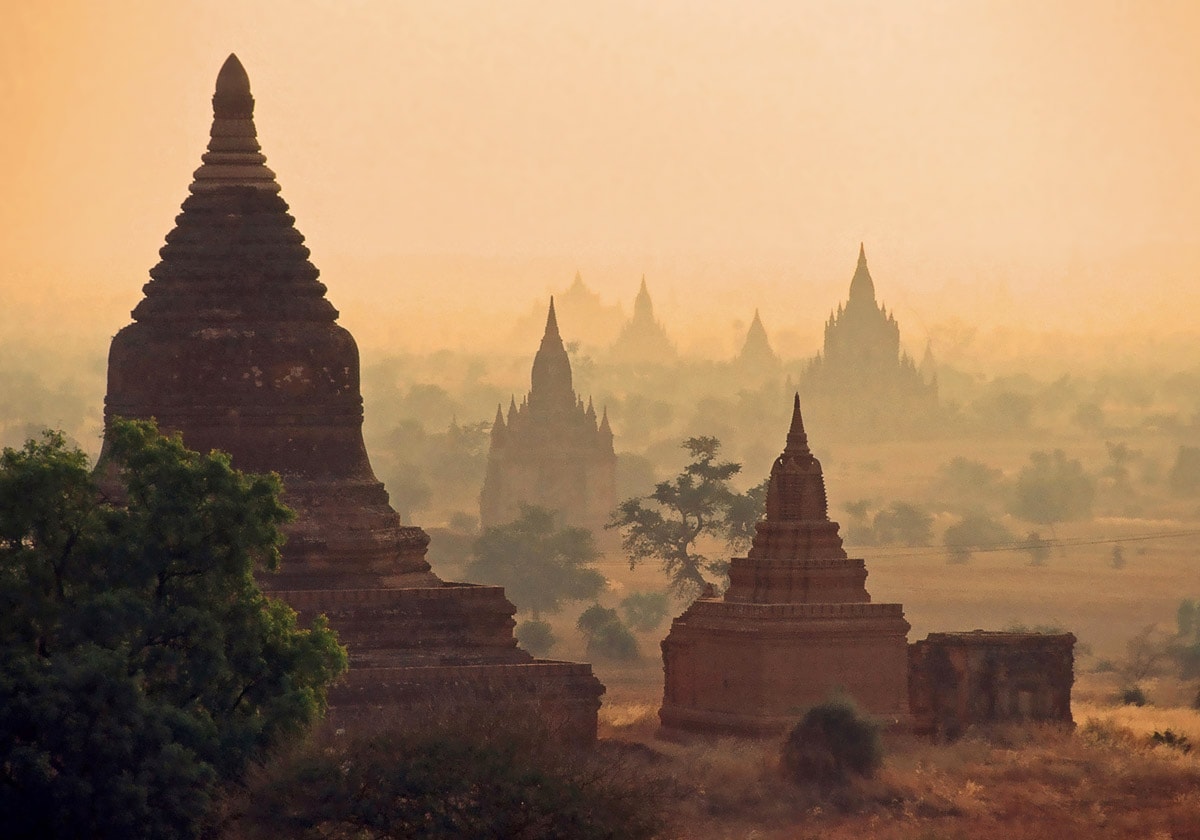
Wonders of Asia
Any other continent (and part of the world) seems small if compared to Asia. This refers also to natural and man-made heritage: in Asia are not just thousands of great landmarks, there are found landmarks created by thousands of diverse cultures from ancient Phoenicians to the mysterious small people in the Philippines and eastern islands of Indonesia.

